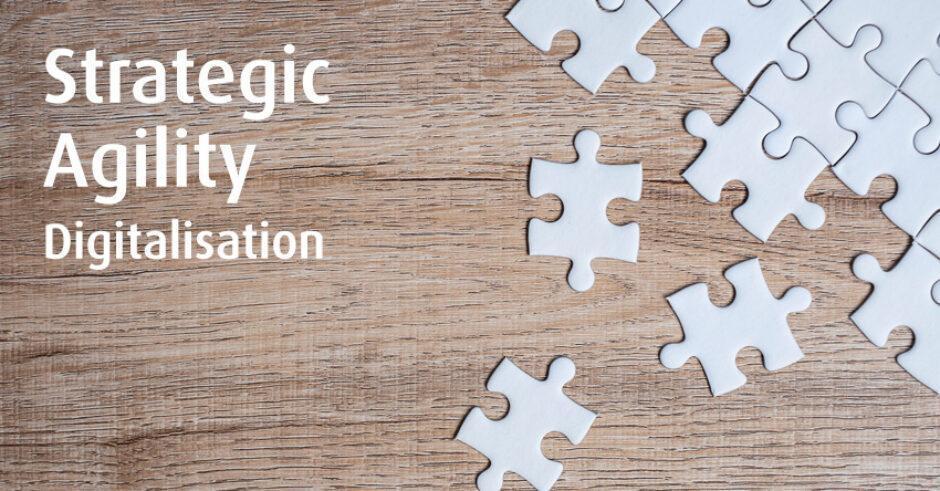In a previous article that we published entitled ‘Digitalisation and Culture’ we highlighted the fact that the office of the future is likely to be ‘anywhere that you can use a digital device’. Little did we know how quickly the world of work would change; with so many people now working remotely. This in turn can create a problem, especially in accessing the data needed to ensure business continuity.
Again, in previous articles we have outlined the need for holistic IT software systems and a move away from stand-alone software packages that tend to support a ‘silo’ mentality. This is particularly relevant in supporting the business structures and cultures that are required by agile organisations. The way in which information is managed will be crucial in leveraging the collaboration, innovation and creativity required for businesses to be able to respond to fast-changing markets with speed and scale.
Whilst we are aware of the need to restrict access to some data (such as personal information held by HR and contractual information), much of the data that supports every aspect of the life of the organisation needs to be transparent and easily accessible across the business. However, if the full benefits of sharing data are to be realised, then we not only need to be aware of who produced the data but we also need to know what prompted its’ production in order to understand its’ context. This is particularly the case if ‘lessons identified’ are to become ‘lessons learned’.
The sharing of data does not only highlight potential problems and lessons identified but can also identify potential areas for growth. However, as we have said in previous articles, this requires leadership throughout and an understanding of the Value Chain and the interactions required to support it. That is why we have previously stressed the need for good on-boarding and succession planning and this should include the analysis of data and how it can be utilised to meet the needs of all stakeholders (society, customers, investors, suppliers and the organisation itself).
Digitalisation can aid the empowerment of people; which in turn supports productivity, employee engagement and staff retention – as well as supporting the collaboration, innovation and creativity required for businesses to take full advantage of opportunities presented by changes in the external environment. This can be crucial in any environment but even more so when managing remote working. However, in order to gain the full potential of a holistic IT system, you will need to map out the interactions and channels of communication required to support the Value Chain and ensure that everyone understands them.
I hope that you have found this article informative. If you would like to read the previous articles written on the subject of Strategic Agility, please visit our business page at Specialist Human Resources Limited.
If you haven’t already, you can read Part 1, Part 2, Part 3, Part 4 and Part 5 of the series here.




